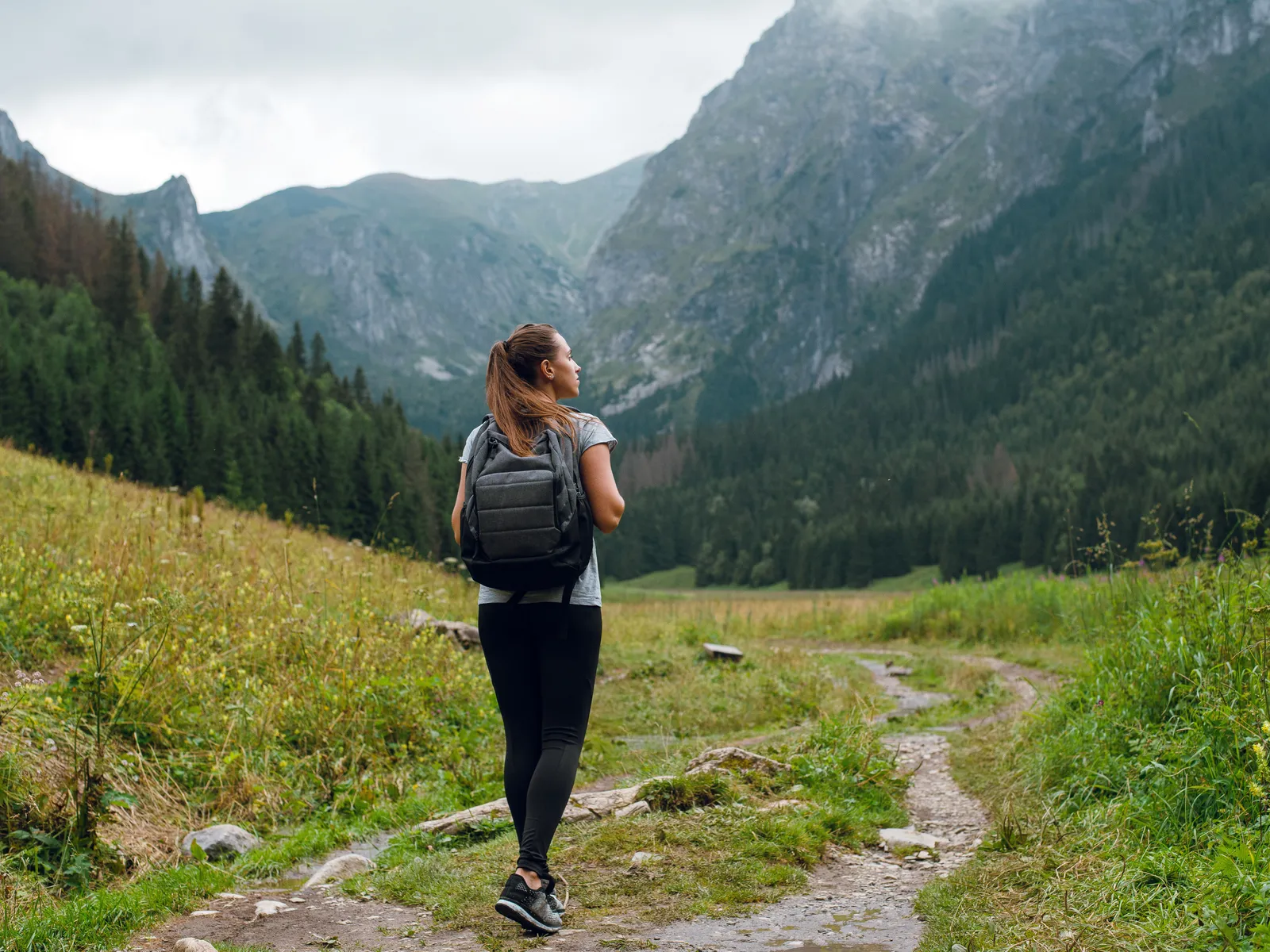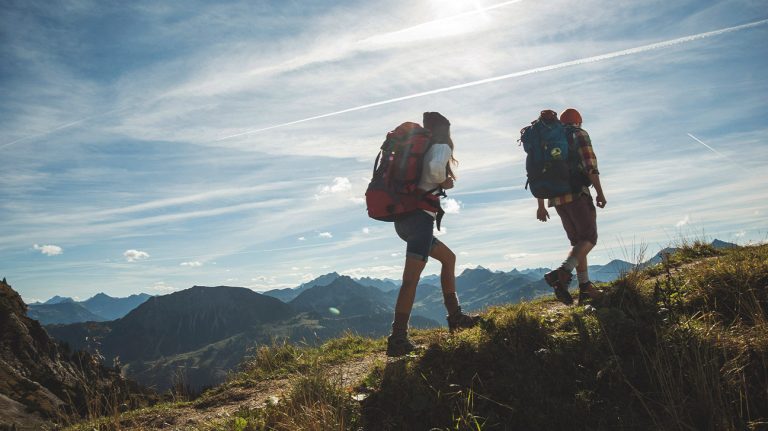A Beginner’s Guide to Hitting the Trails
Embarking on a hiking adventure can be both exhilarating and daunting, especially if you’re new to the world of outdoor exploration. But fear not! With the right preparation and mindset, hiking can be a rewarding and enjoyable activity for people of all fitness levels. Whether you’re planning a short day hike or gearing up for a multi-day trek, this beginner’s guide to hiking will help you navigate the trails with confidence and ease.
1. Start Small
If you’re new to hiking, it’s best to start with shorter, less challenging trails to build up your stamina and confidence. Look for beginner-friendly trails with well-marked paths and manageable terrain, such as local parks or nature reserves. As you gain experience and fitness, you can gradually increase the difficulty and duration of your hikes.
2. Gear Up
Invest in a good pair of hiking boots or trail shoes with sturdy soles and ankle support to protect your feet and provide traction on uneven terrain. Wear moisture-wicking clothing layers to stay comfortable and dry, and don’t forget essentials like a hat, sunglasses, sunscreen, and a lightweight backpack to carry water, snacks, and other essentials.
3. Know Before You Go
Before heading out on the trail, research your chosen hike to familiarize yourself with the route, trail conditions, and any potential hazards. Check the weather forecast and trail conditions, and let someone know your plans, including your intended route and expected return time.
4. Pack the Essentials
Be prepared for the unexpected by packing a basic hiking essentials kit, including navigation tools like a map and compass or GPS device, extra food and water, a first aid kit, a multi-tool or knife, a headlamp or flashlight, and a whistle for signaling in case of emergency.
5. Pace Yourself
Hiking is not a race, so take your time and pace yourself according to your fitness level and abilities. Start at a comfortable pace and take regular breaks to rest, hydrate, and enjoy the scenery. Listen to your body and don’t push yourself beyond your limits.
6. Leave No Trace
Practice Leave No Trace principles to minimize your impact on the environment and preserve the natural beauty of the outdoors. Stay on designated trails, pack out all trash, avoid disturbing wildlife, and be respectful of other hikers and outdoor enthusiasts.
7. Stay Safe
Stay safe on the trail by staying aware of your surroundings, staying hydrated, and avoiding risky behavior like hiking alone in unfamiliar terrain or in extreme weather conditions. If you encounter wildlife, keep your distance and avoid feeding or approaching them.
8. Have Fun!
Most importantly, have fun and enjoy the experience of being outdoors and connecting with nature. Take time to appreciate the beauty of your surroundings, breathe in the fresh air, and soak in the sights and sounds of the great outdoors. Happy hiking!
With these tips in mind, you’re ready to hit the trails and embark on your hiking adventure. So lace up your boots, grab your backpack, and get ready to explore the great outdoors like never before!




